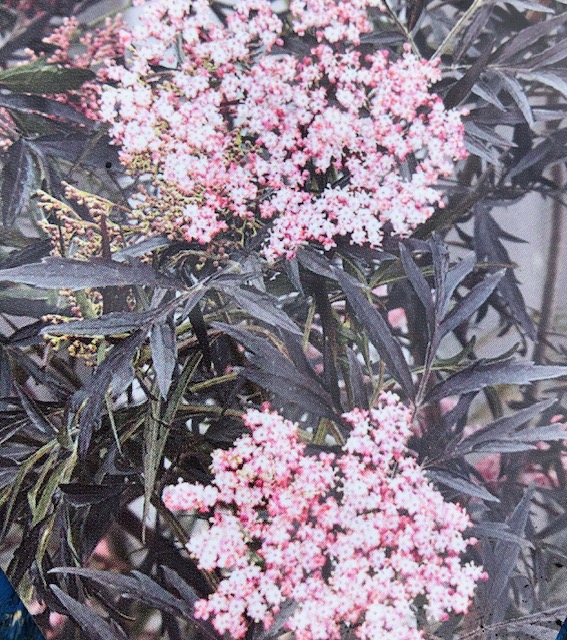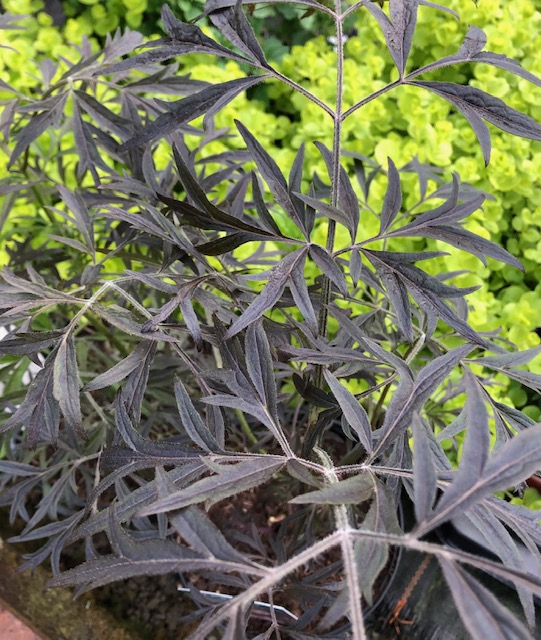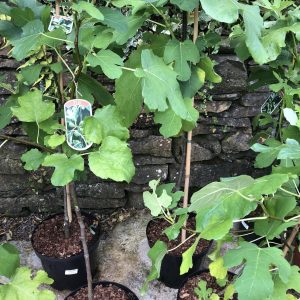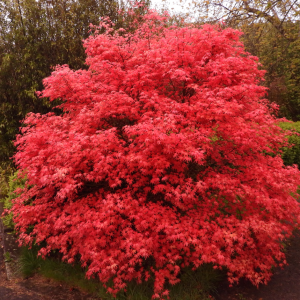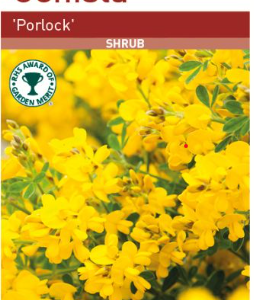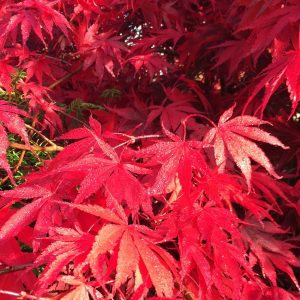Shrub, Non Evergreen Shrubs, Trees
Sambucus Black Lace
£14.99
Black Elder
Sambucus nigra Black Lace
Sambucus nigra Black Lace, has very finely cut, almost black foliage, which is the perfect foil to the pink-flushed blooms. This is followed by a show of red-black elderberries. In autumn, its leaves colour to a vibrant red. Pruning the plants back to ground level every year in early spring gives the best show of lustrous black leaves.
SKU: SAMBUCUS-BL
Categories: Shrub, Non Evergreen Shrubs, Trees
Tags: Berries, Easy to grow, Interesting Leaves, Pink flowers, Pollinator, Summer flowering
Related products
-
Rated 0 out of 5
Ficus carica Brown Turkey
£39.99 Select options This product has multiple variants. The options may be chosen on the product page -
Rated 0 out of 5
Acer palmatum Shindeshojo
£29.99 Select options This product has multiple variants. The options may be chosen on the product page -
Rated 0 out of 5
Genista Porlock
£11.99 Select options This product has multiple variants. The options may be chosen on the product page -
Rated 0 out of 5
Acer palmatum Osakazuki
£29.99 Select options This product has multiple variants. The options may be chosen on the product page

